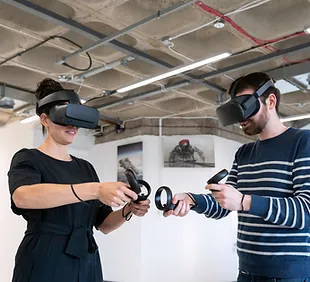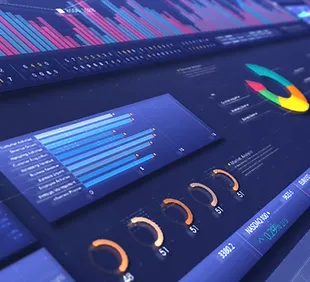
Human Interaction
This area focuses on how people interact in mediated communication, including how verbal and non-verbal cues are transmitted and interpreted to form mental representations of others. Online communication lacks social cues, increasing importance of the remaining information. Yet, this limited information can lead to bias and stereotyping, affecting social learning processes.


